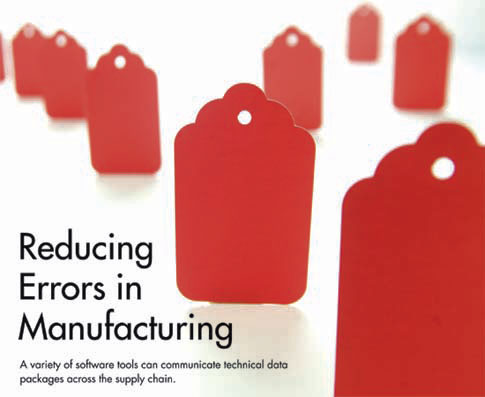
The current economic downturn may have reduced a company’s business, but it has not reduced the requirements associated with doing business. This is particularly true for the numerous activities associated with technical data interpretation and application. For example, although the quantity of parts to be produced may be significantly less than last year, everything associated with the technical data package must still be addressed. This includes reviewing the constituent documents to determine accuracy and completeness, setting up first article inspections, generating manufacturing process plans, and so on.
In this period of reduced resources, there is even less margin for error. This means that those companies that get it right the first time have a distinct competitive advantage over those that can’t. The former are more productive, more cost-efficient, better able to meet schedules, and more valuable to their customers who are being whipsawed by rapidly changing economic conditions.
…
Comments
Add new comment